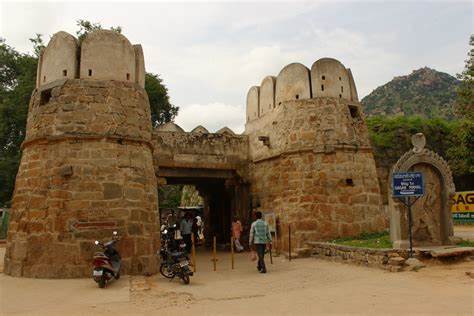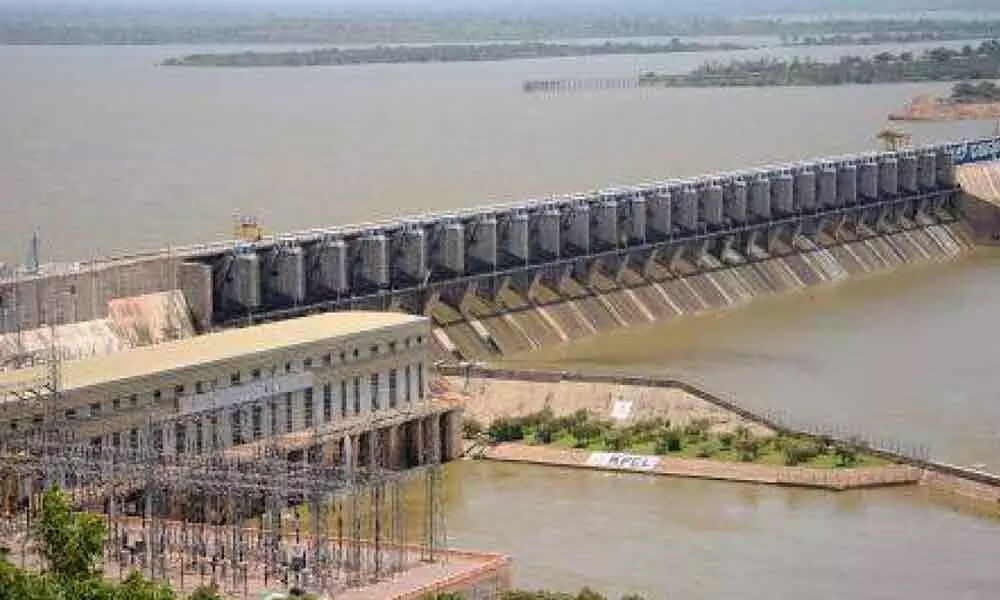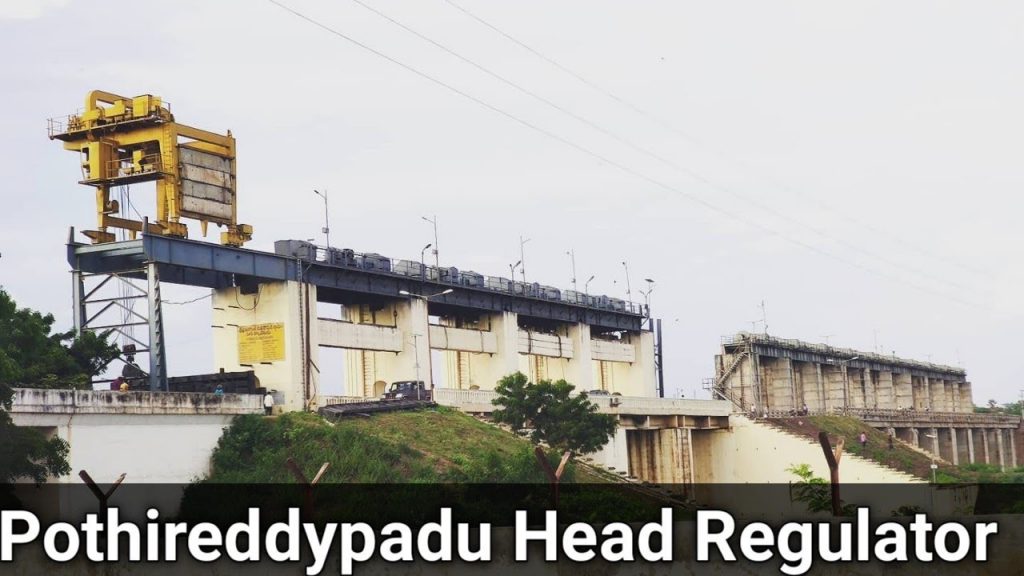BELUM CAVES
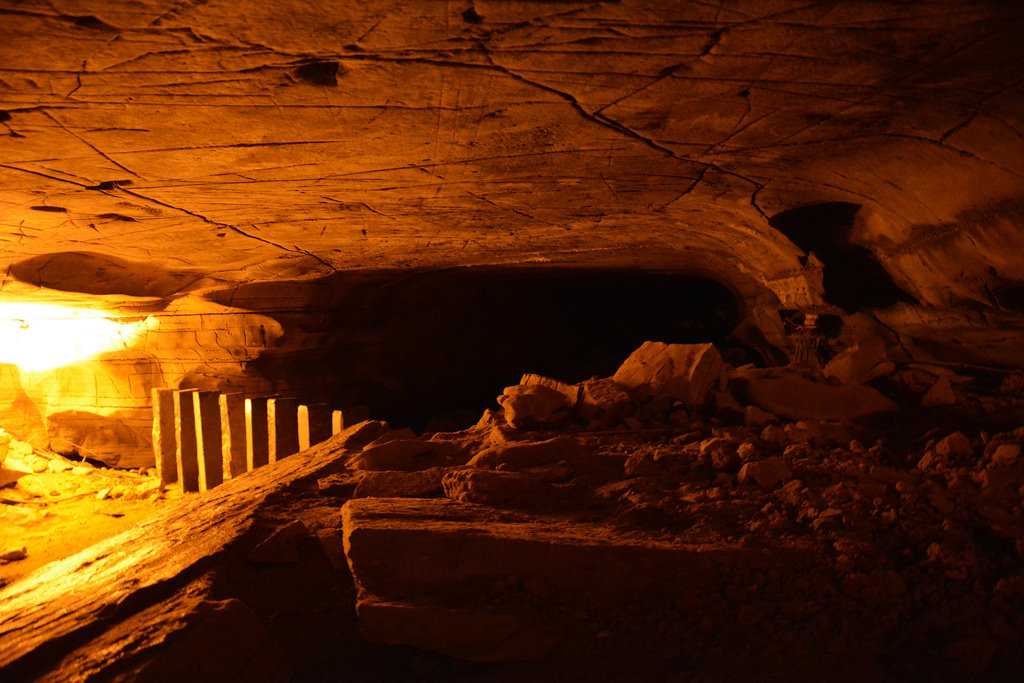
Located in the Kurnool district of Andhra Pradesh, Belum Caves are the largest and longest cave system in India still open for the tourists. The second largest caves in India after the Krem Liat Prah in Meghalaya and famous for their unique formations such as stalactite and stalagmite formations, the caves were formed over a period of millions of years with the consequent formation of limestone. One of the centrally protected monuments of national importance, the Belum Caves has numerous pathways with intricate patterns of water stream on limestone which are bound to leave you awestruck over the sheer will of nature and the beauty it can create. As of this date, more than three and a half kilometres of the cave has been successfully explored of which only a kilometer and half is accessible to common tourists.
At some places, the depth of Belum Caves goes as deep as 46 meters, this point is known as Pataalaganga. An underground stream flows all year at this point, gliding over the rocks and hiding beneath the surface again. The cave consists of various long passages, galleries, large cavities with fresh water and water tunnels. There are three spectacular sinkholes. The caves are an absolute feast for Geologists as there are three spectacular sinkholes formed due to the movement of subterranean water flow. An enormous forty feet high statue of Lord Buddha was installed outside the caves to commemorate the roles of monks in the caves.
History of Belum Caves
Due to the continuous deposition of limestone under the surface of the earth, these caves were formed over the period of millions of years. In the early days, it was believed to be resided by the cavemen. The remnants and the old vessels dating back to 4,500 BC were found. However, it was later occupied by Jain and Buddhists monks who used these caves for meditation.
The caves were always known to the local people, but it was discovered by British geologist and archaeologist Robert Bruce Foote in 1884. Although, the caves remained unnoticed until a German team led by Herbert Daniel Gebauer made an exploration of the caves in 1982. The state government declared the site as protected in the year 1988 and the place opened for public in the year 2002 and it soon became one of the prized possessions of Andhra Pradesh in the tourism industry. The archeological department found several mud vessels used by Jain saints from the site apart from Buddhist relics.
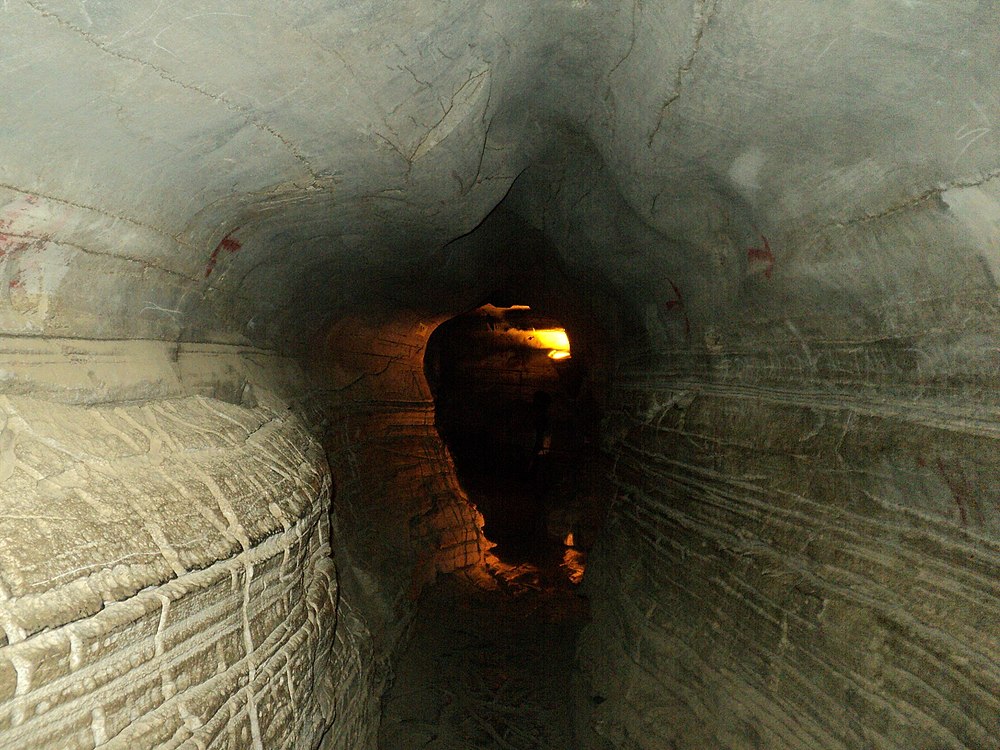
Structures inside Belum Caves
Belum caves are the black limestone caves which have some of the most unusual cave structures. Inside the caves is the maze of 16 paths and an entrance chamber. One of the most striking features of the cave is the stunning rock formations called Saptasvarala Guha (the chamber of seven notes). Here, you can hear the musical sound when struck with the wood, bamboos or knuckles. Simhadwaram, which means doorway for gods is a breathtaking archway giving an illusion of a lion’s head. The Kotilingalu Chamber contains thousands of naturally made lingams. The lingams are formed of stalactites. Voodalamari is another stalactite formation resembling a banyan tree. Thousand hoods, yet another stalactite formation is shaped in the hood of thousands of cobras. Dhyan Mandir is an interesting rock limestone formation shaped as a bed with pillow, local legend suggests this place was used as the meditation centre by all saints.
A major structure of the caves is dedicated to the period when it was invaded by the Jain and Buddhist monks. Evidence of the Jain and Buddhist remains have been found in the caves. A meditation den, saint’s bed, and several relics were discovered from the cave. Few relics found inside the caves could be dated back to 4500 BC.


